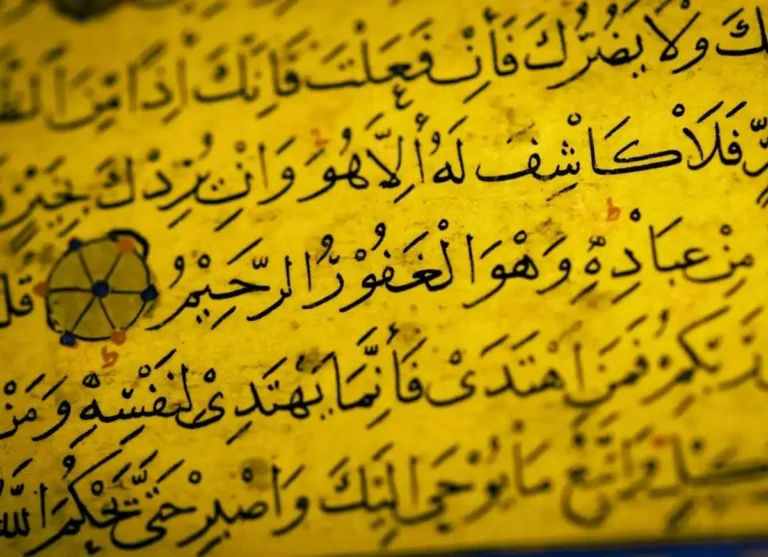Sukoon in Arabic: A small circle, and this made a big impression! Learning how to master sukoon in Arabic is a process that is significant to Arabic learners in reading with accuracy and confidence. This silent guide, this simple diacritic, now that is, literally, stillness or rest, you must know when to say a consonant without a vowel. Whether you are posing questions regarding the meaning of sukoon or how to pronounce such an important symbol, this paper will clear all the doubts that you have.
The Role of SukoonSukoon in Arabic & English
Sukoon is the concept that may be complicated to native English speakers who learn Arabic since there is no equivalent in English. We do not think much of the silent letters in the end of a word in English. In the English language, the Sukoon in Arabic can be best described as the phonetic stop you give to the consonant when it is at the end of the syllable, such as the b sound in the word kab.
- Correct Pronunciation: The Sukoon compels you to intone the natural sound of the consonant and halts.
- Syllable Formation: A Sukoon enables the syllable to take the form of a consonant, which forms part of many Arabic words.
Let’s look at some examples:
- شَمْس (shams): sun. The Meem (m) has a Sukoon. You say sham and you pause with the s.
- بَيْت (bayt): house. The Yaa (y) has a Sukoon. It is b-a-y and you come to a halt on the t-clean.
The Sukoon in Arabic is also essential in Tajweed (the science of Quranic recitation) which regulates certain rules of pronunciation and pauses.
With our extensive lessons, you will be able to have a clear explanation and an interactive exercise that will make you master the sukoon meaning and all the other aspects on the language with a lot of confidence. So Pease Visit this Site every day for New and informative lessons. QuranMualim.com
Arabic Posts For You:
- Learn Arabic Alphabets – QuranMualim
- Complete Guide To English Arabic Letters
- Learn First Arabic Letter Crossword Puzzle
- Arabic Letters Chart For Kids and Beginners
- Learn Arabic Alphabet Chart – QuranMualim
- Arabic Alphabet Beginning Middle and End List
- Arabic Alphabet in English Lesson For Beginners
- Explain Arabic Alphabet To English Alphabet Table
- Arabic Alphabet Chart – Beginning, Middle and End
- Arabic Harakat – A Complete Guide To Vowel Marks
- Beginner’s Guide Arabic Alphabet With English Letters
- Arabic Language Vowels With Meanings and Examples








